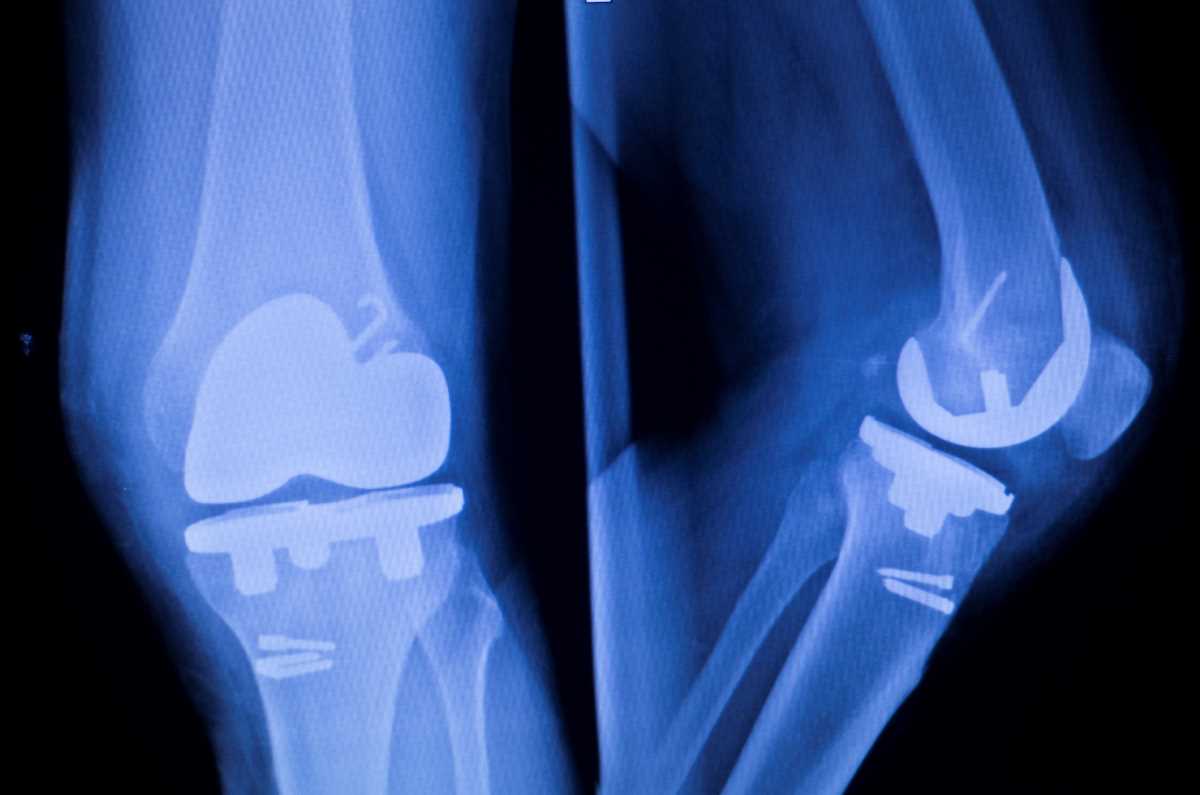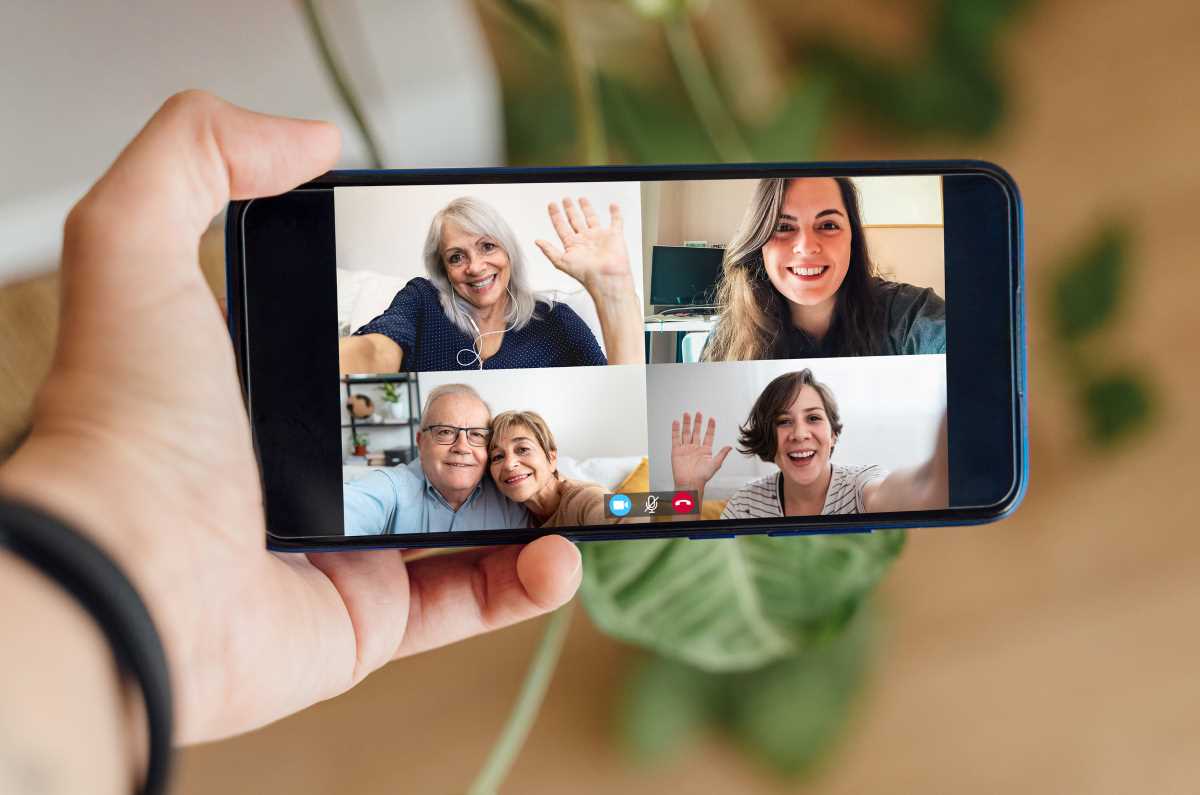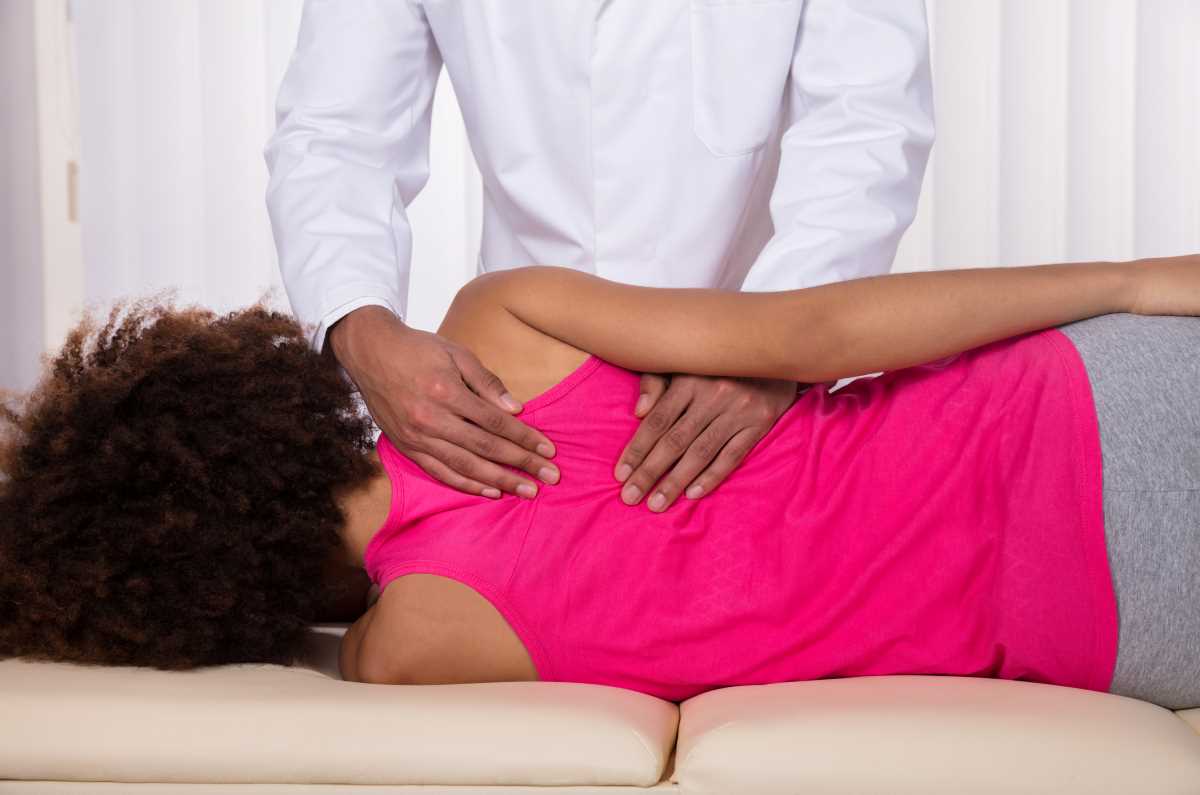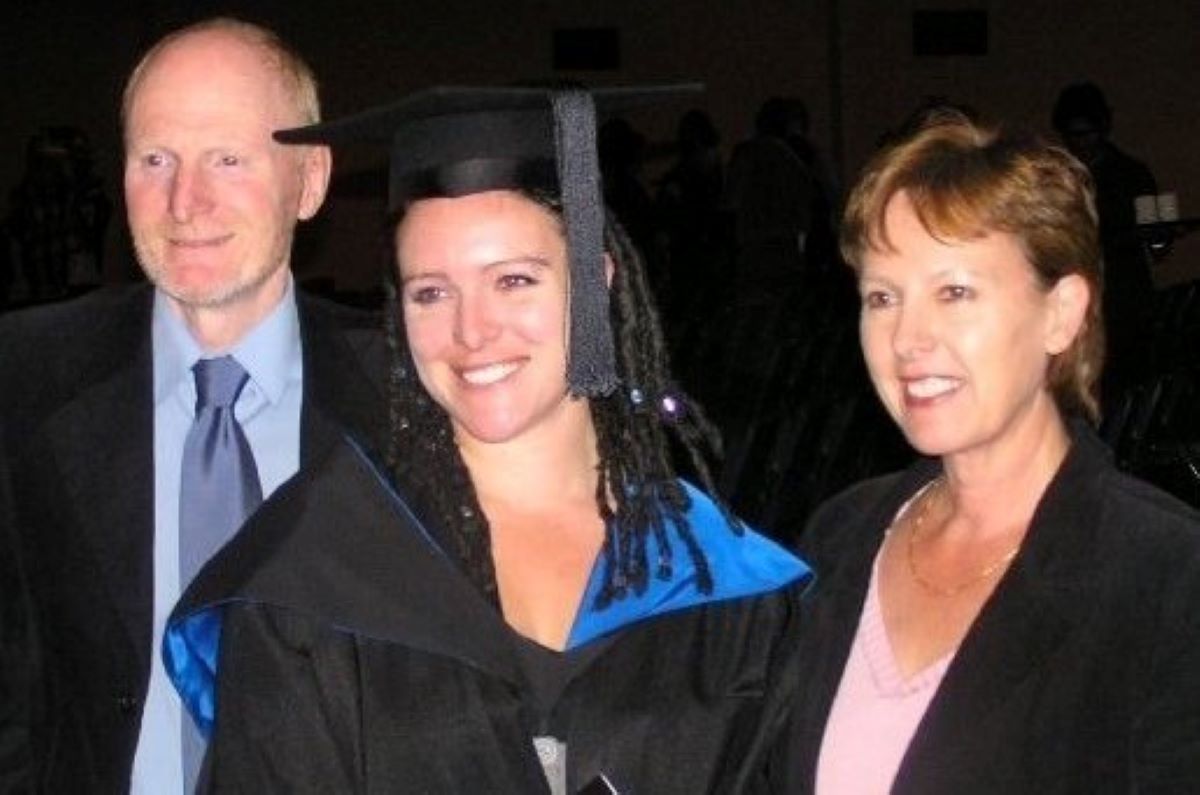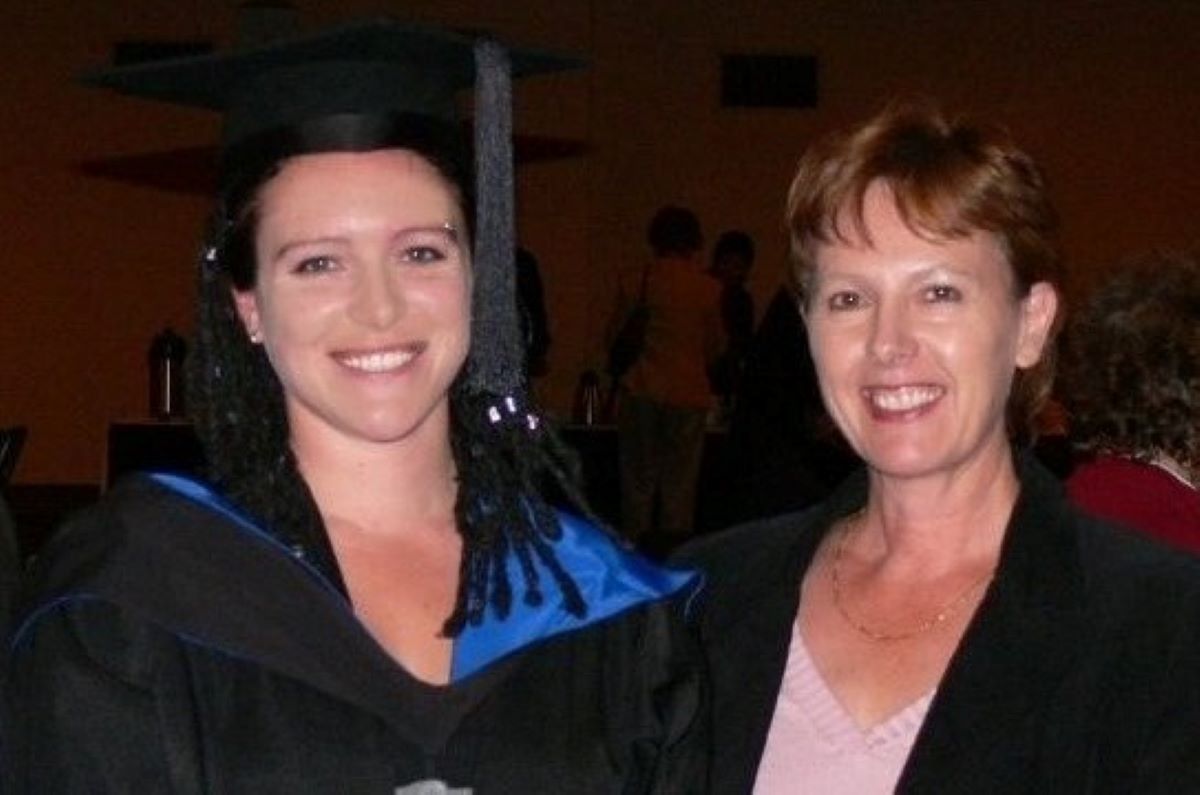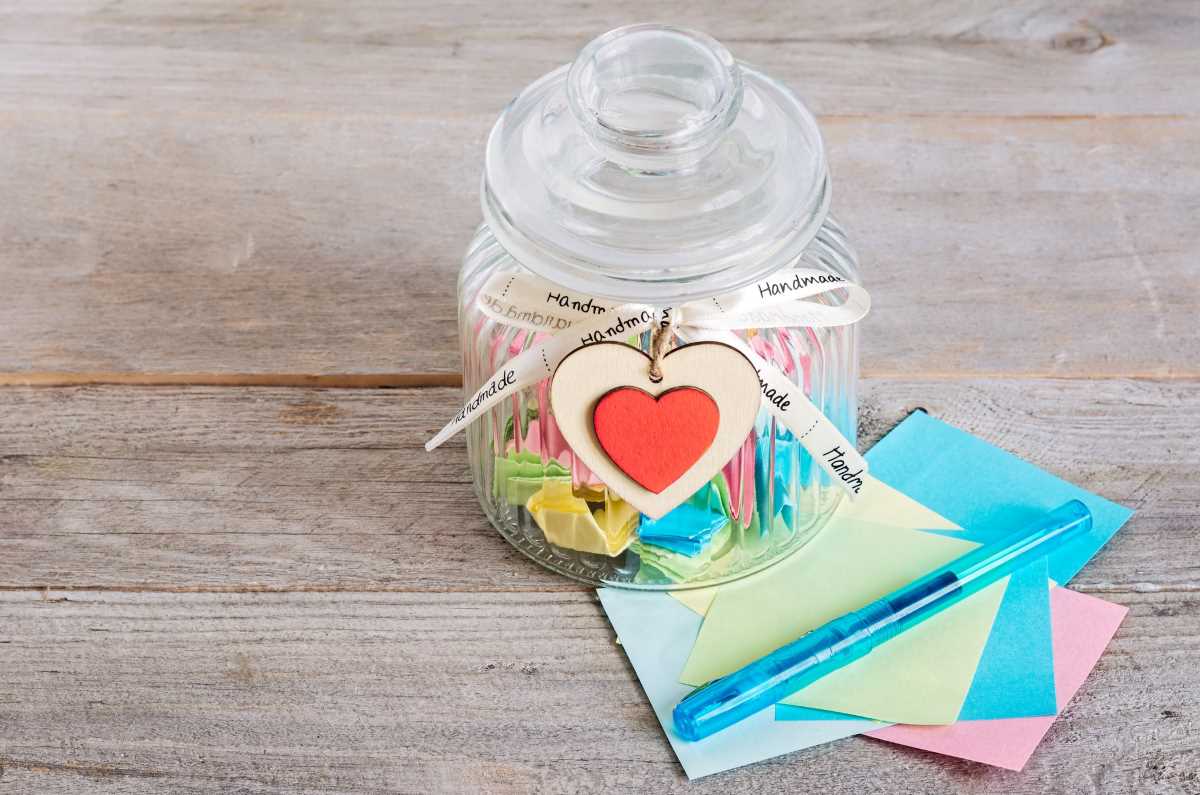This is the second in our series exploring the different groups of health professionals and therapists who’ll help you live well with a musculoskeletal condition.
Managing a chronic musculoskeletal condition – or multiple conditions – can be complicated. To help you get the best health outcomes and maintain (or improve) your quality of life, you’ll probably see a variety of different health professionals and therapists.
Who you see and how often will depend on your condition/s, symptoms and how they affect your life.
Mental and emotional support professionals
Being diagnosed with a musculoskeletal condition can be overwhelming. You may feel a range of emotions such as fear, anxiety, stress, loss, worry and anger.
And living with a condition that causes ongoing pain and fatigue, and has the potential to change the way your body moves and functions can cause you to feel an array of emotions too.
If you feel these ups and downs, you’re not alone. Many people living with musculoskeletal conditions find that their emotional and mental health is affected from time to time. In fact, anxiety and depression are more common in people with musculoskeletal conditions than in the general population.
It’s important to recognise signs of these conditions and seek help as early as possible. Together with your healthcare team, you can develop a treatment plan that fits your needs physically, emotionally and mentally.
Your support team
Depending on your needs and whether you’ve been diagnosed with a mental health condition such as anxiety or depression, or you’re seeking support to help manage your emotions, you may see one (or more) of the following professionals:
Your general practitioner (GP) – is usually the first person you see when you have a health issue. As well as helping you manage your musculoskeletal condition, they coordinate your care and help you access other health professionals and services. If you require specific support for your mental health, they’ll work with you to create a mental health treatment plan. This plan entitles you to Medicare rebates for certain mental health professionals and care via the Better Access initiative.
A psychologist – can help you work through your feelings, particularly if you’re feeling anxious, stressed or depressed. They can also help you set goals and work through any problems that may be preventing you from achieving your goals.
A psychiatrist – is a medical doctor who’s undergone further study to specialise in diagnosing and treating mental illness. They tend to treat severe and complex illnesses. They’re able to prescribe medication, such as anti-depressants, if appropriate.
A mental health nurse – is a registered nurse who’s undertaken additional training to care for people with mental health issues. They work in the community and hospital settings to support people in managing their mental health and treatment.
A mental health occupational therapist (OT) – OTs help people learn better ways to do everyday occupations (or activities). Those working in mental health help people lessen the impact their condition has on their quality of life and their ability to do their everyday activities.
An accredited mental health social worker – specialises in assessing, treating, and preventing mental health conditions. They help people manage their condition and its impact on their family, friends, work, and education.
A counsellor – is someone you can talk through your problems with. They can help you find clarity and solutions. A trained counsellor has usually spent three or more years studying counselling; however, there’s no requirement in Australia that counsellors have any qualifications or experience.
Wow, that’s a lot of support! How do you choose who to see?
Several factors will influence your decision:
Your mental health issues/condition. It can be challenging to know what to do or where to go when you’re struggling with mental health issues. This is where your GP comes in. They’re trained to help people with their mental health issues. By talking with you about your situation, they’ll be able to refer you to the appropriate specialist to get the care you need. They can also assess whether you’re eligible for a mental health treatment plan.
Your history. Have you seen a mental health professional before? Do you have a good relationship with them? Have you experienced good outcomes from your sessions with them? If so, you may decide to go back to them. If not, discuss your options with your GP.
Cost. If you’re able to access subsidised treatment via the Better Access initiative, you’ll be able to see a mental health professional at a reduced cost. However, health professionals set their own fees, so be sure to ask about out-of-pocket costs when you’re booking your appointment. If these costs are an issue for you, even with Medicare rebates, talk with your GP.
Access. If you live in a rural or remote area, you may not be able to see a mental health professional in person. In this case, you may be able to access them via telehealth. Telehealth enables you to consult with your health professional over the phone or through a videoconferencing app (e.g. Zoom, FaceTime, WhatsApp) on your smartphone, tablet or computer. You can choose phone or video consultations, depending on the technology you have available, and how comfortable you are using it.
Treatments
There’s no ‘one size fits all’ when treating mental and emotional health issues. Treatment will be tailored to your unique situation and the goals you have. But treatment will commonly include:
Lifestyle factors – regular exercise, eating a healthy diet, getting enough good quality sleep, managing your stress and limiting your use of alcohol and drugs are practical things you can do to improve your physical, emotional and mental health.
Psychological therapies – also called psychotherapy or talk therapies – explore the feelings, thoughts and behaviours that are distressing you, and work towards changing them. It can be used by people with mental health conditions and people who want to understand themselves better.* There are many different forms of psychological therapies, including:
- cognitive behavioural therapy (CBT) – this helps people learn to identify and change negative or unhelpful thoughts that have a harmful effect on behaviour and emotions, and replace them with more objective, realistic thoughts. People learn practical coping strategies such as goal setting and problem-solving that they can use in the current situation and in the future.
- mindfulness-based cognitive therapy — combines cognitive behavioural therapy and mindfulness strategies.
- acceptance and commitment therapy – focuses on acceptance to deal with negative thoughts, feelings, symptoms, or circumstances. It also encourages a commitment to positive, healthy attitudes.
Medication. For some conditions, such as moderate to severe depression, you may be prescribed anti-depressant medication. This will work alongside treatments such as lifestyle changes and psychological therapies. Find out more about anti-depressant medications.
Other support is available
- Your family and/or close friends can be a great source of support and understanding.
- Peer support groups, or people in similar situations, can also be a valuable resource. Talking with someone who really understands what you’re going through and has lived experience and practical info is priceless. Groups meet in person and online. For specific mental health groups, check out this list by the Black Dog Institute. https://www.blackdoginstitute.org.au/resources-support/support-groups/
- Mental health organisations provide a considerable amount of information and support to help you manage your mental and emotional health. See the list below for details of these groups.
- Online therapy. There’s also a lot of information online that you can access whenever and wherever you want. Healthdirect has some information to help you find out more about eTherapy, including links to useful sites.
Contact our free national Help Line
If you have questions about managing your pain, your musculoskeletal condition, treatment options, mental health issues, COVID-19, telehealth, or accessing services be sure to call our nurses. They’re available weekdays between 9am-5pm on 1800 263 265; email (helpline@msk.org.au) or via Messenger.
More to explore
- Psychiatrists, psychologists and counsellors: Who to see for your mental health issues
ABC Health & Wellbeing, December 2017 - Building better mental health
Help Guide, August 2021 - Mental health professionals
healthdirect, November 2019
Mental health organisations and resources
- Australian Government: Head to Health
- Beyond Blue
1300 22 46 36 - Black Dog Institute
- Headspace
- Kids Help Line
1800 55 18 00 - Lifeline
13 11 14 - Mensline Australia
1300 78 99 78 - ReachOut.com
- Relationships Australia
1300 364 277 - SANE Australia
1800 187 263
Reference
* Psychotherapy, healthdirect, September 2019.


